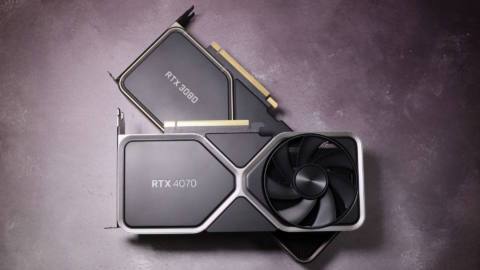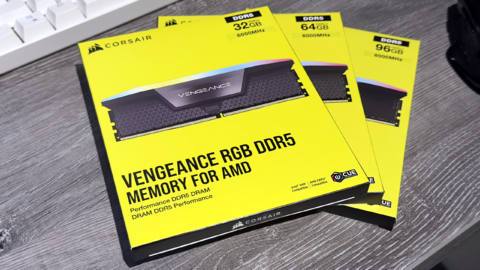It's been such a rough year for CPUs, especially for Intel, that I feel like a scared dog tentatively approaching a treat when I hear rumblings about upcoming processors. It's part of the reason I don't like to cover too many rumours, because I don't want others suffering the same potential disappointment. But these latest ones have rekindled the slightest glimmer of hope inside me.
Here's the latest, in short. Firstly, we might now know some clock speeds of entry-level and mid-range Arrow Lake-S desktop CPUs thanks to an apparent leak conveyed by X user Raichu (via VideoCardz). And they're decent considering other rumoured architectural and efficiency improvements.
Secondly, there's renewed reason to look towards a powerful Arrow Lake Halo mobile processor, because it's been mentioned in a shipping manifesto at NBD.ltd (via Wccftech) and has seemingly been confirmed by a Lenovo PR (via VideoCardz).
Arrow Lake looks to be just a few weeks away, and I bet Intel's got its fingers (possibly even its toes) crossed for a great launch. After layoffs, Arm share liquidation, Raptor Lake stability issues, and a dropped 2024 invitation event, tides must surely now be ready to turn for chipzilla.
While one can only hope, these latest rumours do point in a positive direction for a change. Let's start with the Arrow Lake-S specs. The clock speeds most relevant to gamers are rumoured to be as follows:
We don't know precisely how the new Core Ultra nomenclature will stack the chips up compared to previous i5/i7/i9 nomenclature, so it's hard to know exactly which chips to compare these to. But given they're not Core Ultra 7 or 9 chips, we can probably compare them to i3 and i5 chips.
In which case, these numbers look pretty good. The current-gen Intel Core i5 14600K has a boost clock of 5.3 GHz and the Core i5 14400 has a boost clock of 4.7 GHz. Which means these rumoured Arrow Lake-S clock speeds are pretty much in-line with current-gen chips.
If that was the whole story then there'd be little to get excited about, but we must remember Arrow Lake-S is said to not only use a brand new core layout but also be mostly produced on TSMC's N3 node and consume up to 100 W less power at high frequencies.
After hearing that Arrow Lake should be a lot more efficient, I was a little worried that we just wouldn't see enough high frequencies for these fabled efficiency gains to kick in, at least not with lower-end chips. But if these clock speeds are correct, it looks like I might not need to worry after all..
This, of course, is on top of what we've already heard about the higher-end Arrow Lake chips—which should launch before lower-end ones. The upcoming flagship Core Ultra 9 285K, for instance, is rumoured to boost up to 5.7 GHz and perform better than the Intel Core i9 14900KS and AMD Ryzen 9 9950X in single-threaded and multi-core workloads.
But shimmying this down into the lower end with some decent clock speeds, too? I can be here for that.

Best CPU for gaming: The top chips from Intel and AMD.
Best gaming motherboard: The right boards.
Best graphics card: Your perfect pixel-pusher awaits.
Best SSD for gaming: Get into the game ahead of the rest.
And then we come to Intel Arrow Lake Halo, the spectrous mobile graphical powerhouse—somewhat of a Schrodinger's chip, nebulously both in and out of existence in the minds of observers in the rumour mill. The latest rumours on this front are… well, just that it exists. But that's enough, given that many expected it to be subsumed by upcoming low-power Lunar Lake chips.
The fact that there's renewed hope that it does exist is reason enough for excitement over a mobile PC gaming market that's arguably more promising and progressive than the desktop one. Even if Arrow Lake Halo “won't be available so soon”, as the Lenovo PR suggests.
Original rumours (waaay back when) were that it would have a big Alchemist Xe-LPG Ark GPU with 320 Execution Units (EUs). There's been a lot of back-and-forth since then, and nobody really knows what such a chip would actually be like, but “Halo” is meant to designate, y'know, a halo product, so don't blame me for feeling a twinge of excitement at potential evidence that it exists.
Plenty to be tentatively excited about, then, or at least tentatively attentive. Imagine if Intel could be the one to bring the gaming processor scene back from the brink. Wouldn't that be something?






